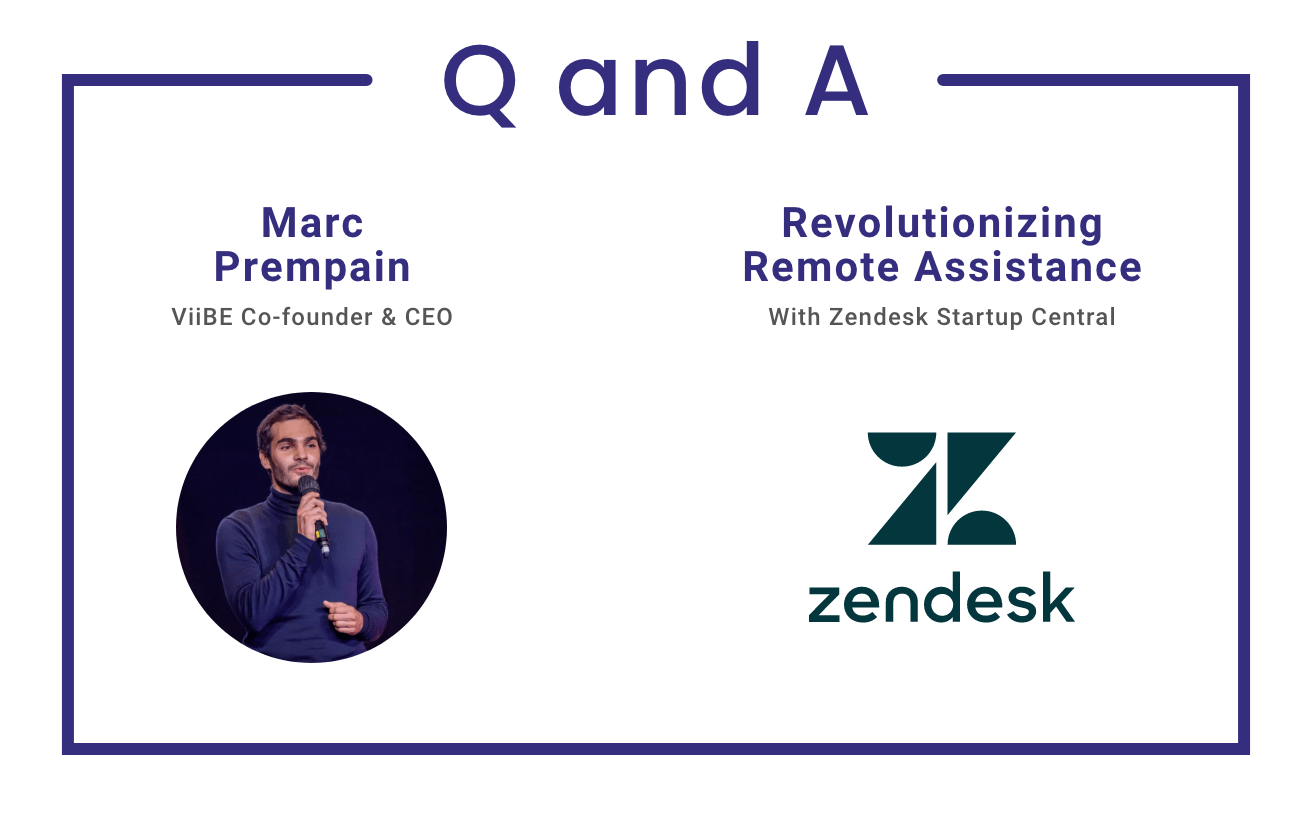
Share this article
Share this article
This week, ViiBE co-founder and CEO Marc Prempain was pleased to participate in a live Q&A with Zendesk Startup Central where he discussed how ViiBE’s web technology has revolutionized remote assistance, and where industry trends are leading this technology.
During the interview he dove into 3 main topics:
Scroll down to view the full transcript of the interview below.
Have additional questions? Click below to join the conversation on Zendesk Startup Central.
I’m Marc, the co-founder and CEO of ViiBE, based in Paris at Station F within the Zendesk Accelerator program.
ViiBE is the web technology of video assistance and ticketing system designed for technical support and after-sales services. As a button directly embedded in Zendesk Support, ViiBE allows support agents to escalate tickets to video calls with the clients in need of assistance. Thanks to the collaborative and AR tools available during the ViiBE call, the agents are able to better guide the customers through remotely diagnosing and resolving technical or challenging issues. As a result, they are able to increase first call resolution rates, enhance customer satisfaction, and reduce the number of experts deployed on-site.
Before ViiBE, I worked as a Telecom business engineer for the Orange Business Service account in Paris. I was also a Lecturer in International Business at Eastern International University in Ho Chi Minh (Vietnam) during my final year of business school.
Originally, my co-founder and I developed ViiBE as a solution for emergency medical call centers. The genesis of the project was based on the idea to guarantee that the French public had access to proper medical treatment in a single click. This vision led to the decision to create a web application: in an emergency situation, requiring an app to be downloaded represents a major obstacle in the consumer journey.
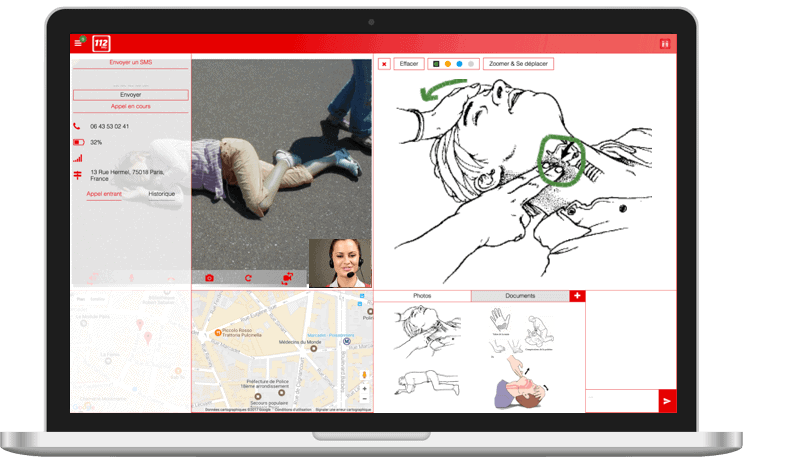
ViiBE then pivoted towards providing industrial technical support and after-sales services with a platform that is accessible in a single click, without download, and equipped with dedicated functions to optimize remote diagnosis.
For the past almost 4 years now, we have been evangelizing the market. One of the crucial elements we’ve learned in this evangelization is that we need to educate the market on the difference between video conferencing and video assistance software.
Video conferencing is simply a software that allows people to have face-to-face conversations over a remote video call. Video assistance, on the other hand, has specific tools and functionalities, beyond basic video call features, designed to enhance field service operations and after-sales support.
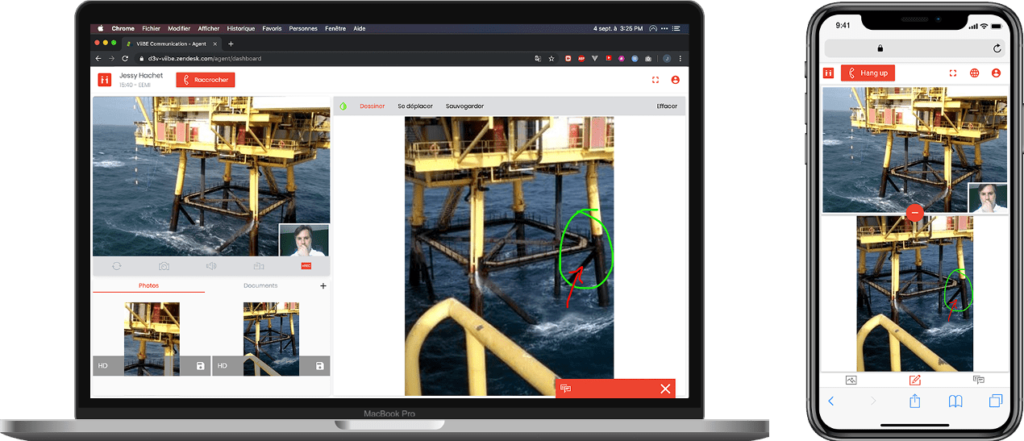
We are present in several sectors, including energy, retail, transport and mobility, construction, insurance, etc.
Some of the key industries where we were well-established have been more heavily impacted by the global pandemic, such as the aviation industry. However, this was balanced by an increase in other sectors such as the petroleum industry.
With the onset of the global health crisis, many companies found themselves scrambling to reorganize their operations and shift everything online. We are thankful that we were able to help support our customers during this time by providing a tool to make this accelerated digital transformation easier and smoother for them.
In various sectors, we have seen a sharp increase in the use of remote inspections and leadership visits. These interactions used to be conducted face-to-face, but due to travel restrictions and limited access because of COVID-19, these tasks now have to be performed remotely.
Having to refocus our approach to address new challenges brought on by COVID-19, appeared to be an obstacle at first, but by engaging in meaningful conversations with our customers, we realized that this obstacle was actually an opportunity.
In the end, the global health crisis has helped boost our evangelization of the market. Being able to provide a solution across industries during this challenging time provides 3 years of evangelization in 2 months.
In 2020, we saw a huge expansion of global users. We are now operating in over 70 countries, including China, Australia, Mexico, and many more. ViiBE has expanded with our historical customers as well as the new companies with whom we had the pleasure of launching new partnerships in 2020. The usage of ViiBE has skyrocketed.
There are a few key differentiators in particular that have made a big difference, which I will outline below:
In an effort to provide the smoothest customer interaction possible, we have modified our after-sales approach to really focus on the element of self-service. According to Zendesk’s 2020 CX trends publication, customers want companies to “enable them to help themselves: 69% of customers want to resolve as many issues as possible on their own.” Now, following the global health crisis, that number is likely much larger. ViiBE is the tool that companies can use to promote this self-service.
For us, this adjustment has been paying off. Both Europe 1 and France TV have mentioned ViiBE during featured broadcasts discussing remote assistance technology for customer self-service.
Also, after the first lockdown in France, Sales Director of Decathlon and Domyos, Benoit Lacayrouze, reported that “Customers are proud when they manage to repair their products, and business-wise, it saves money since sending technicians on-site is extremely expensive.” He then elaborated on Decathlon’s combined use of ViiBE and Zendesk to enhance their remote customer service, noting that Decathlon divided their number of support agents sent on-site by 6 during France’s confinement period earlier in the year.
Our collaboration with Zendesk is two-fold. On one hand, we are a part of Zendesk’s acceleration program at Station F in Paris. In parallel, we are also technologically integrated into Zendesk. When a support agent is using ViiBE for Zendesk, he or she just has to open a support ticket. There will be a ViiBE call button directly embedded into the platform, so the agent can start making ViiBE calls immediately.
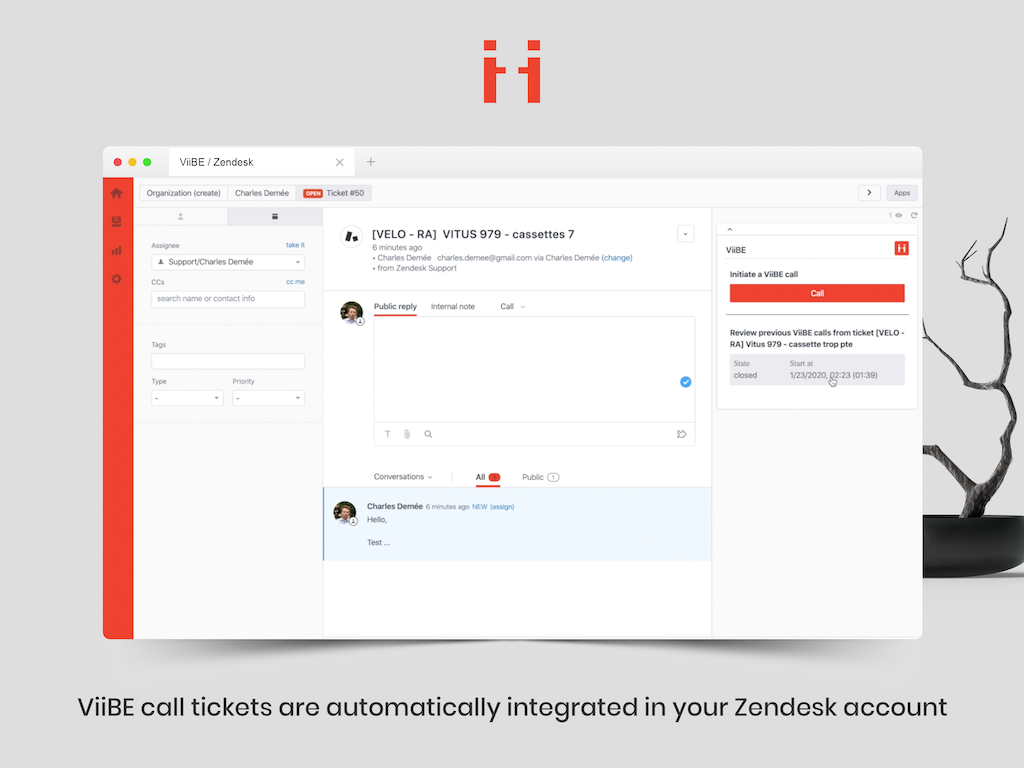
This collaboration will allow ViiBE and Zendesk customers to continue to provide smooth and efficient support while offering omnichannel communication options. We have identified that in the context of complex technical manipulations, it is difficult to collaborate efficiently from a distance using basic phone features. This typically leads to misunderstandings, further breakdowns, and eventually the necessity for experts to travel on-site. As a result, we believe video assistance is a necessary support channel.
Looking towards the future, we are working on a new integration within Zendesk. We plan to release a new version of our integration by implementing our Routing technology and attaching ViiBE’s KPIs (FCR, technician dispatch reduction, etc.) as well as our timeline. This is in phase with Zendesk’s omnichannel project trajectory.
We are also working with Zendesk to create seamless transitions to video when interacting with help agents. Already, Zendesk customers can embed widgets called Zendesk Talk on their websites to upgrade chat communications to voice-to voice. Zendesk is now upgrading this to a video widget, and we are working to align our technology with their needs to provide the video assistance services for this new widget.
This feature is useful if someone is trying to buy plane tickets from an Airline company, for example. If that person has questions or experiences difficulties buying tickets, he or she can chat with an agent. However, without being able to see the customer’s screen, the agent may not understand how to help. Thanks to the widget, the agent will be able to upgrade to video assistance, and ViiBE can provide that.
We’re actually currently working on an ebook focused on the latest digital trends and tech solutions that retail companies use to optimize remote collaboration, customer experience, and after-sales processes. Our findings will be drawn from a mixture of market survey data and analysis, and interviews from industry leaders, our customers, and other Zendesk startups. Keep an eye out for that in the coming weeks!
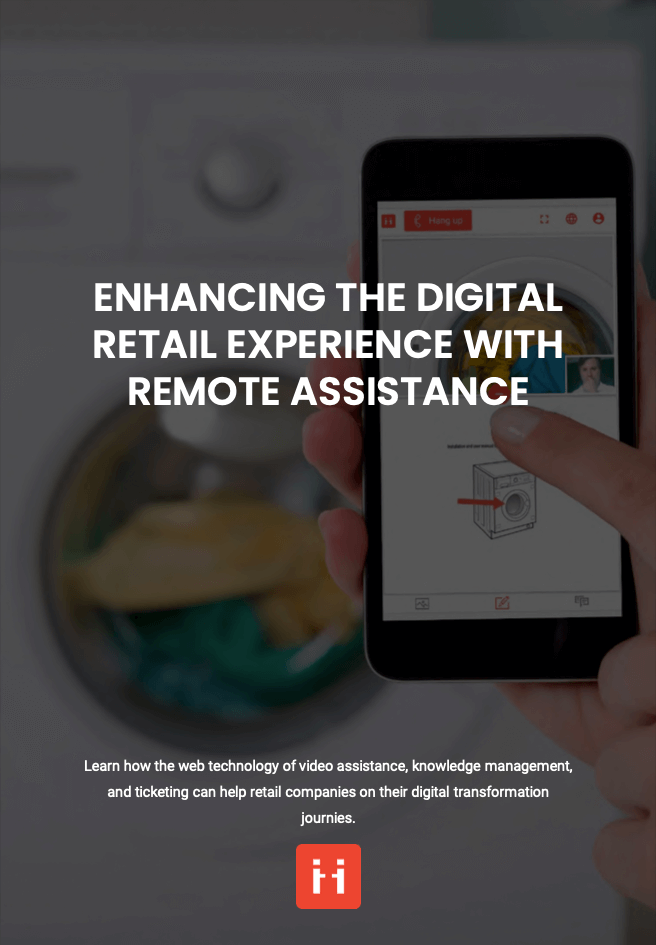
A big thanks to Greg Geibel for making this Q&A happen! Interested in Q&A’s like this with other startup founders? Join the conversation at Zendesk Startup Central.